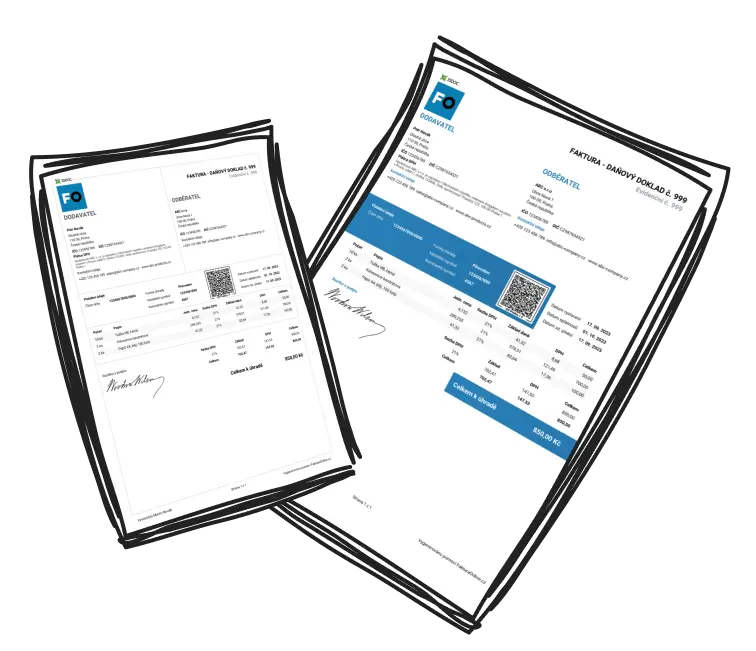How Do I Choose a Career Path That Aligns with My Strengths and Passions?
Selecting a career path that aligns with your strengths and passions involves careful consideration through career path assessment, self-reflection, acquiring real-world experiences, obtaining feedback, and setting clear objectives. Taking a structured approach is crucial to finding the right course for your professional life.
The significance of making the right career choice is immense. This choice impacts your personal satisfaction, professional achievements, and overall happiness. Follow these steps to find a career path that aligns with your strengths, personality, and objectives through career path assessments.
Step 1: Self-Reflection
Conducting a thorough self-reflection is necessary to understand your strengths and weaknesses before choosing a career. This process, part of a career path assessment, involves examining past experiences and pinpointing tasks you excelled in and enjoyed.
Example: List three tasks you've enjoyed and three you've disliked in the last six months and analyze what made each enjoyable or frustrating.
Using validated tools enhances this process. Online assessments designed to measure strengths are vital for career path assessments. They offer a thorough report and actionable advice, removing personal bias to give a clear picture of your abilities.
Feedback from colleagues, mentors, or managers can provide valuable insights, complementing and enriching your self-assessment for a more complete career path assessment.
Step 2: Explore Career Assessment Tools
Career path assessments, using tools like Myers-Briggs and Holland Code (RIASEC), match your personality traits with potential career paths, analyzing preferences and skills to suggest suitable professions.
Example: MBTI profiles your personality type and suggests careers where similar traits thrive.
SkillScan is another tool, assessing your skills and matching them with job requirements, highlighting suitable paths and skill gaps for a comprehensive approach to career exploration.
Step 3: Gain Practical Experience
Verify your interests through real-world experience via job shadowing or internships, integral to career path assessments. Secure these opportunities by contacting professionals in your chosen field.
Example: A week shadowing a marketing manager provides insights into the role's suitability for your skills and desires.
These experiences offer a no-risk method to explore careers, facilitating informed decision making as part of a career path assessment.
Step 4: Gather External Perspectives
Consult peers, mentors, and professionals for varied viewpoints, enriching your career path assessment with broader feedback.
Tip: Choose a mentor with industry experience and come prepared with questions, remaining receptive to their advice.
Example: A seasoned graphic designer mentor can provide industry evolution insights, helping gauge career fit.
Step 5: Experiment with Career Prototypes
Career prototyping allows exploring potential paths through manageable experiments, an essential career path assessment strategy inspired by "Designing Your Life." This method helps explore roles without major commitment.
Steps: Engage in relevant courses or projects to assess your satisfaction and engagement with potential roles.
Example: Enrolling in a digital marketing course while completing a related project can reveal interest and aptitude in this area.
Step 6: Focus on Professional Development
Commit to continual learning and professional growth, key aspects of career path assessment, to remain adaptable for future opportunities. Participate in workshops, webinars, and conferences to enhance skills and networks.
Practical methods: Attend industry events, join professional bodies, and read trade publications.
Example: A digital marketing workshop introduces current trends and connects you with professionals for further guidance.
Step 7: Define Clear Goals and Actions
Setting goals is an essential step in career path assessment, outlining a path for your journey. Recording both short-term and long-term goals keeps focus and motivation high.
Tip: Break down larger goals into smaller tasks and celebrate milestones to maintain motivation.
Example: If aiming for a project manager role, start with project coordination, then seek progressively larger responsibilities to build expertise.
Conclusion
Choosing the right career calls for a structured approach of self-reflection, tools usage, real-world experience, feedback gathering, prototype testing, professional development, and clear goal setting. Each step supports the next, establishing a thorough framework for a well-suited career path through assessments. Start by conducting a self-reflection to identify your strengths and weaknesses, laying a solid foundation for future success.

